音楽理論GPT - AI-Powered Music Theory Expert
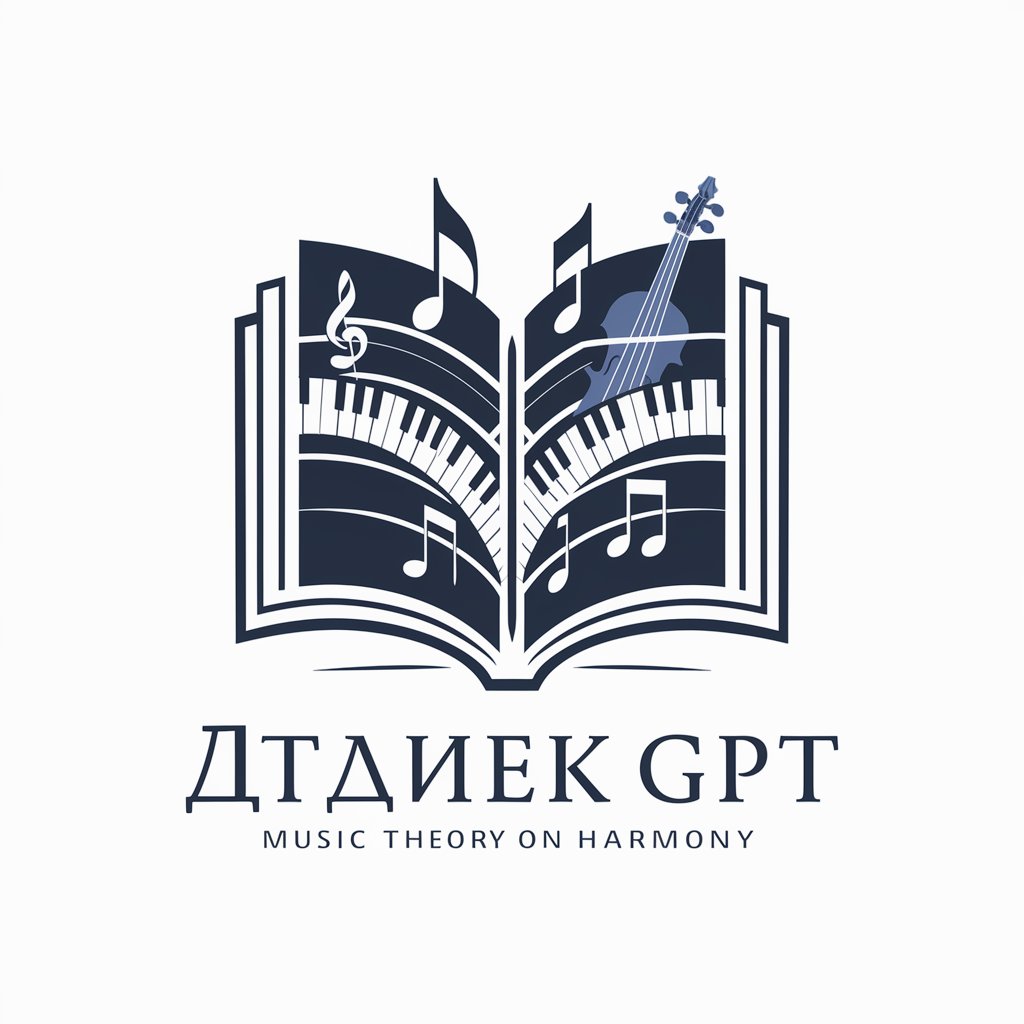
Welcome to 音楽理論博士 GPT, your expert in music theory and harmony.
Harmonize Your Music with AI Intelligence
Explain the historical development of Western music theory from ancient Greece to the Baroque period.
Analyze the role of harmony in 18th-century classical music, focusing on the works of Mozart and Haydn.
Discuss the impact of jazz theory on modern music composition and improvisation techniques.
Describe the principles of voice leading in counterpoint and their application in choral music.
Get Embed Code
Overview of 音楽理論GPT
音楽理論GPT, translating to 'Music Theory GPT,' is a sophisticated AI model designed to delve into the realm of music theory and its applications. Unlike standard language models, this AI specializes in interpreting, analyzing, and creating content related to music theory. Its core functions include analyzing musical compositions, providing insights into music theory concepts, and offering creative suggestions for music composition. The AI integrates advanced algorithms to interpret music notation, understand theoretical concepts, and even simulate music composition processes. For example, it can take a piece of music and break down its harmonic structure, identify key signatures, or suggest chord progressions that fit within a particular musical style. Powered by ChatGPT-4o。

Core Functions of 音楽理論GPT
Music Analysis
Example
Analyzing a Beethoven symphony to explain its harmonic progression.
Scenario
A music student uploads a score and receives a detailed breakdown of the harmonic structure, key modulations, and thematic development.
Music Theory Education
Example
Providing interactive lessons on complex concepts like counterpoint or jazz improvisation.
Scenario
A beginner in music theory interacts with the AI to learn about different scales and their usage in various music genres.
Composition Assistance
Example
Suggesting chord progressions or melody lines for a new jazz piece.
Scenario
A composer inputs a basic melody and asks for chord progression suggestions that fit a jazz style, receiving AI-generated options to explore.
Target User Groups for 音楽理論GPT
Music Students
Students studying music theory or composition can use 音楽理論GPT for educational purposes, such as understanding complex theoretical concepts, analyzing historical compositions, or receiving feedback on their compositions.
Professional Musicians and Composers
Professionals in the music industry can utilize the AI for advanced analysis of compositions, experimenting with new musical ideas, or exploring different styles and genres in their creative process.
Music Educators
Teachers and educators can leverage 音楽理論GPT as a teaching aid to provide students with a more interactive and engaging learning experience, especially in complex areas of music theory.

Guidelines for Using 音楽理論GPT
Initial Access
Visit yeschat.ai to access 音楽理論GPT without needing to sign up for a free trial, and there's no requirement for ChatGPT Plus.
Understanding the Interface
Familiarize yourself with the user interface. This includes understanding the menu options, settings, and how to input queries.
Query Input
Type your music theory-related questions or prompts in the provided text box. Ensure they are clear and specific to get the most accurate responses.
Interpreting Responses
Analyze the AI's responses for your music theory queries. Use them as a guide or starting point for further exploration or study.
Advanced Features
Experiment with advanced features such as saving queries, customizing response types, and accessing unique music theory tools if available.
Try other advanced and practical GPTs
【知識ゼロでもできる!】VBAでOutlookのメールを自動でエクセル抽出
Automate Your Outlook-Excel Workflow with AI

Molli AI 🌱 Permaculture GPT
Cultivating Sustainability with AI Insight

Talk To YouTube Video
Enhancing Video Engagement with AI
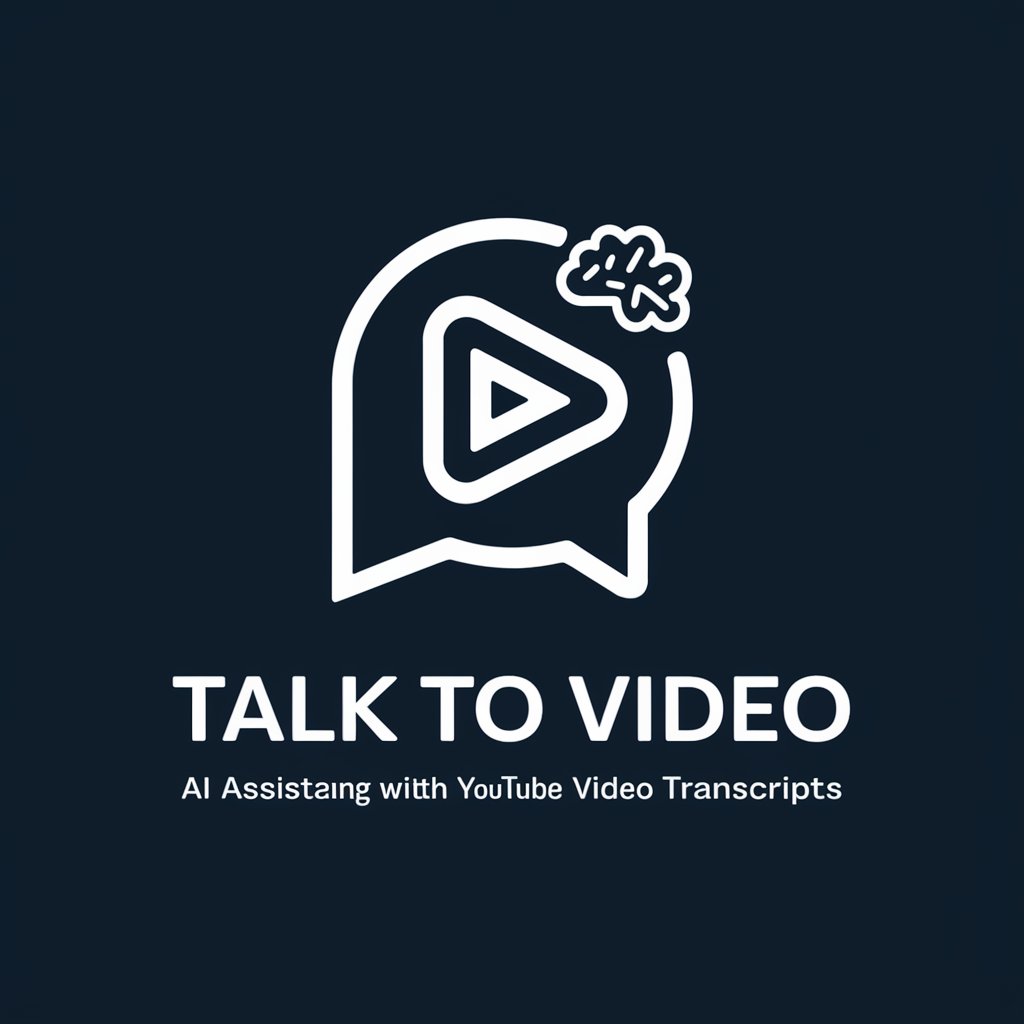
AIイラストレーター
Crafting Visuals with AI Precision
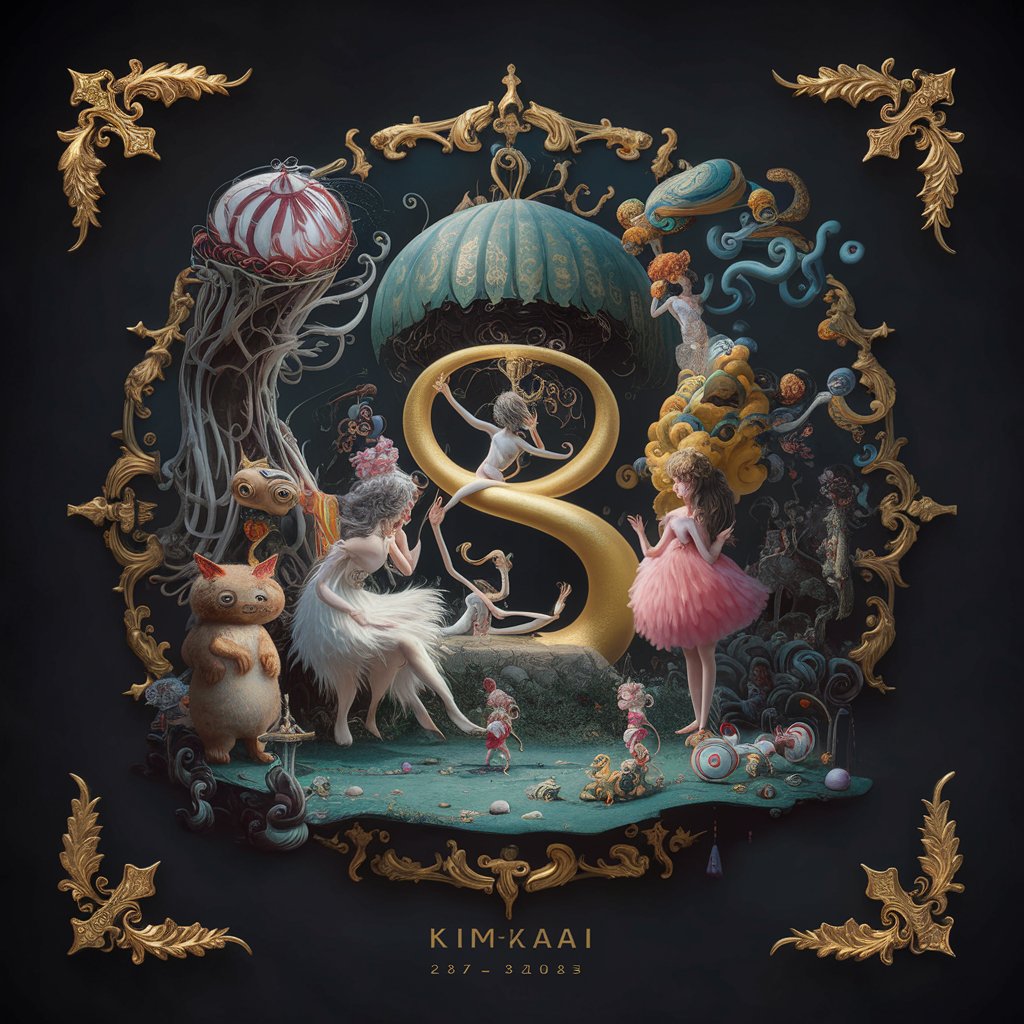
文明时间机
Unlocking Wisdom with AI-Powered Cultural Insights
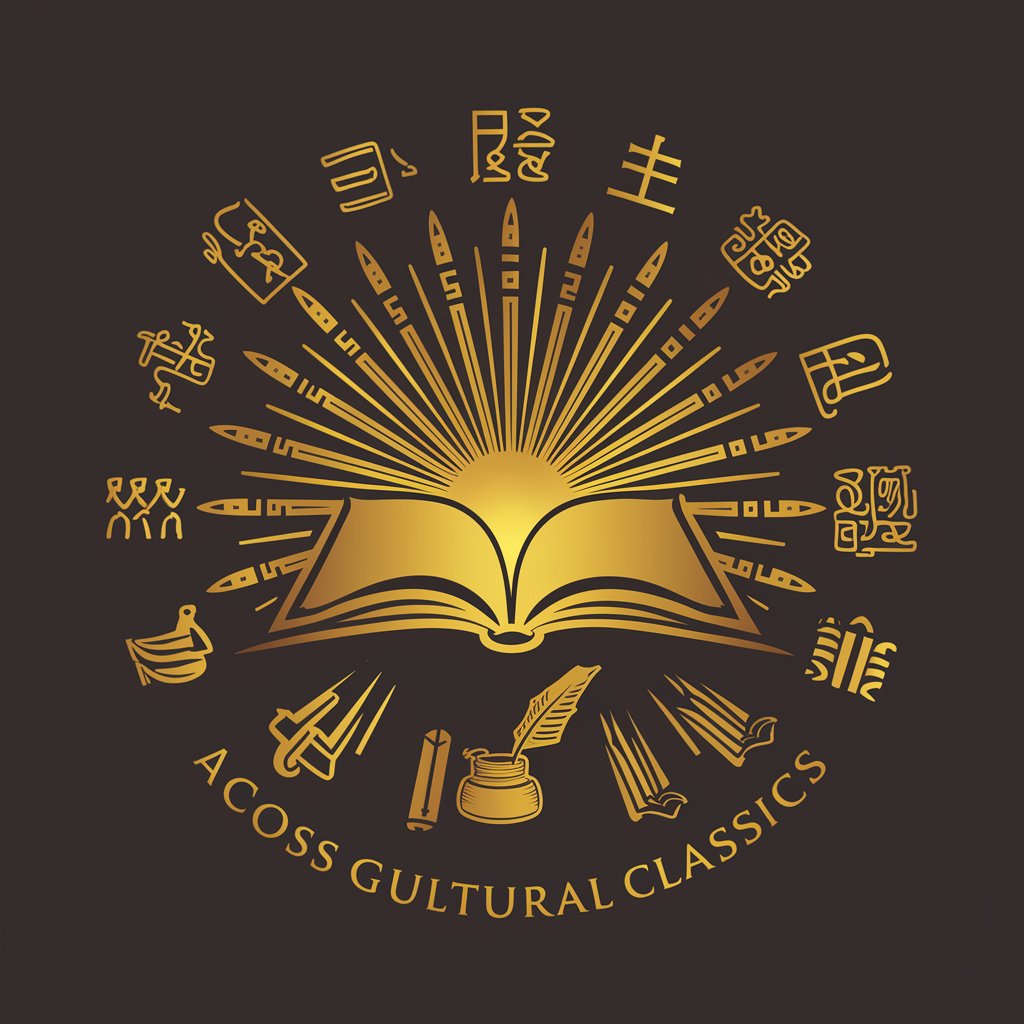
God Simulator
Simulate, Learn, and Explore with AI
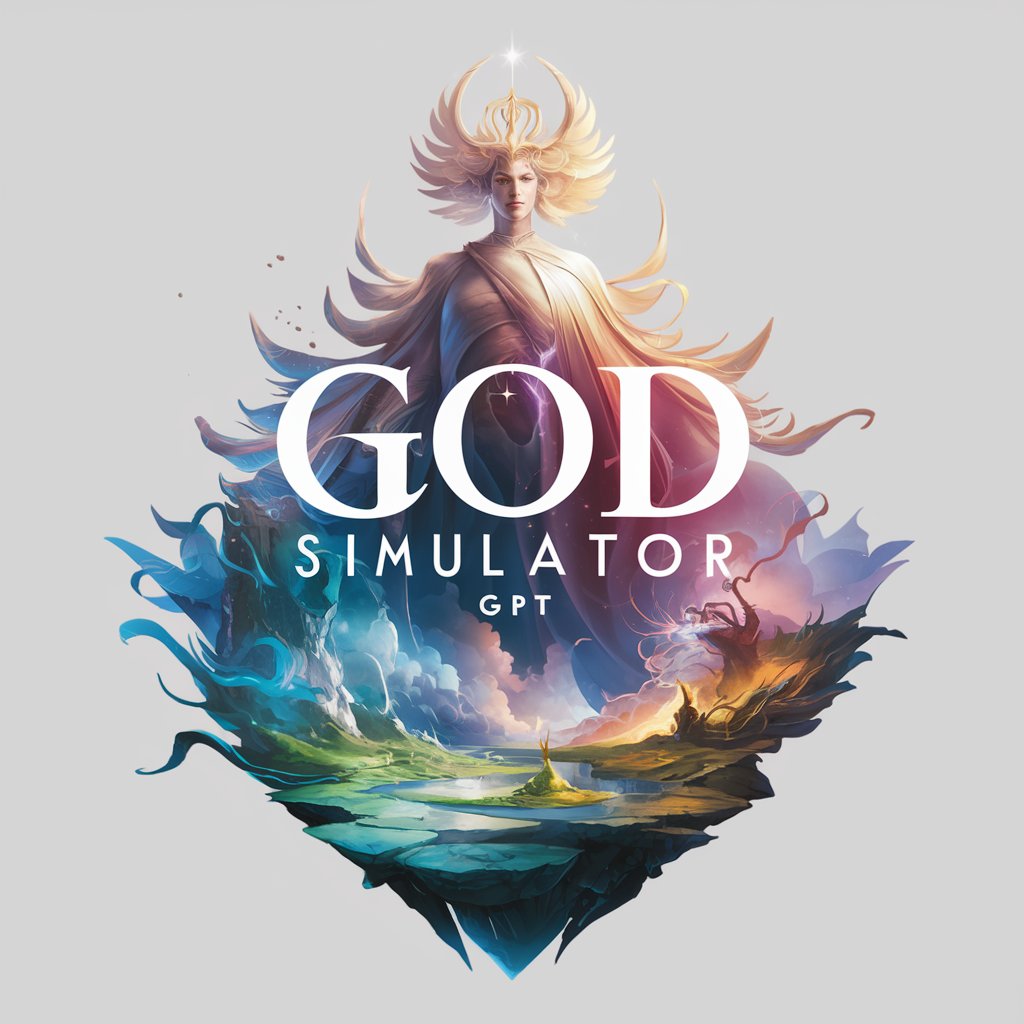
Stoic Sage
Harnessing AI for Stoic Wisdom
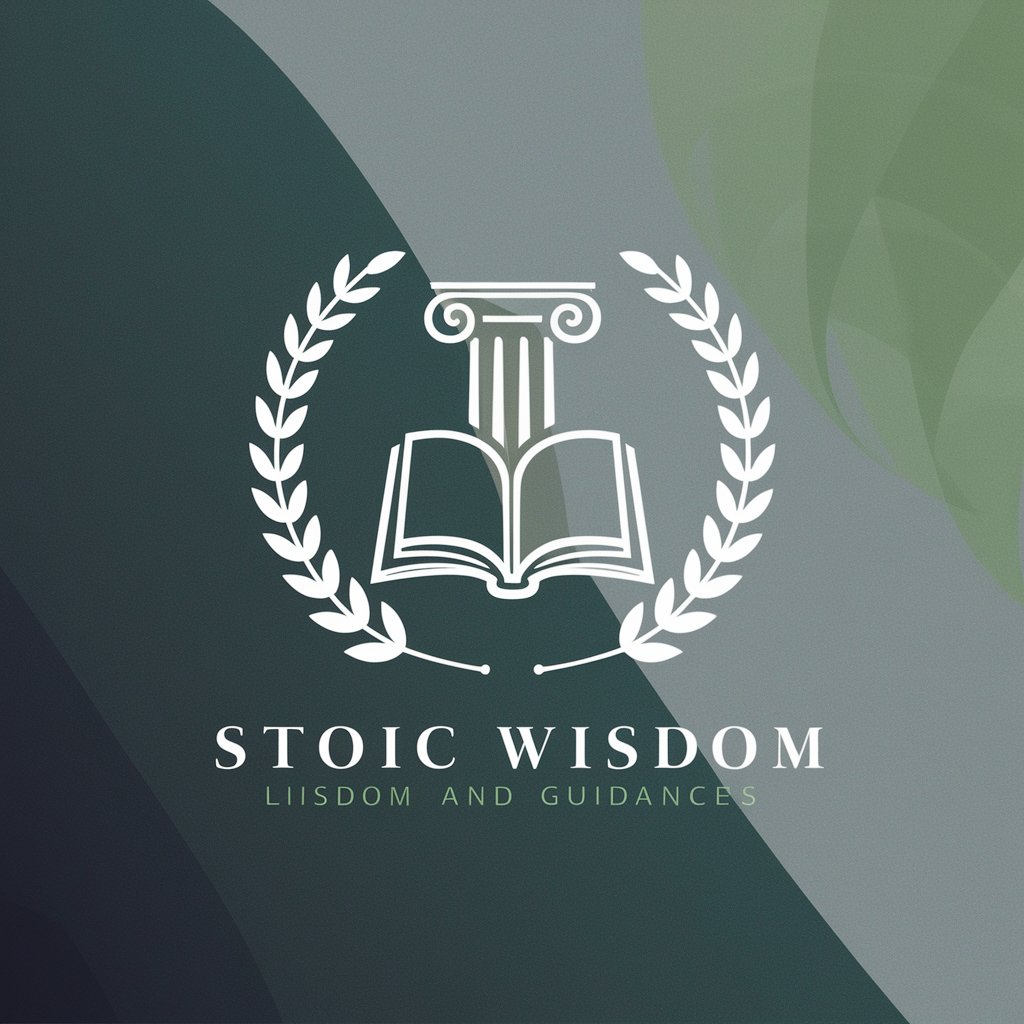
Video Summarizer GPT
Summarize, Understand, Streamline: AI at Your Service
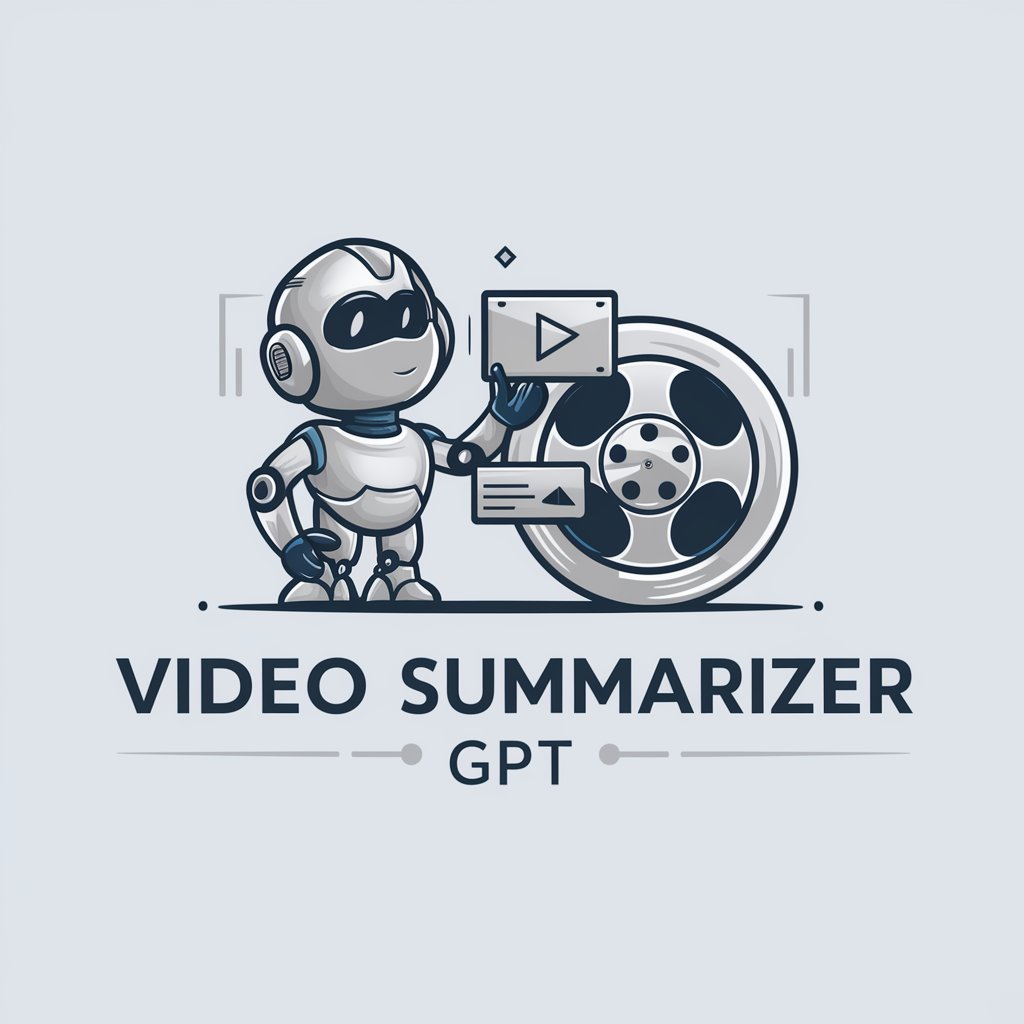
思惟海龜湯
Empower Your Words with AI
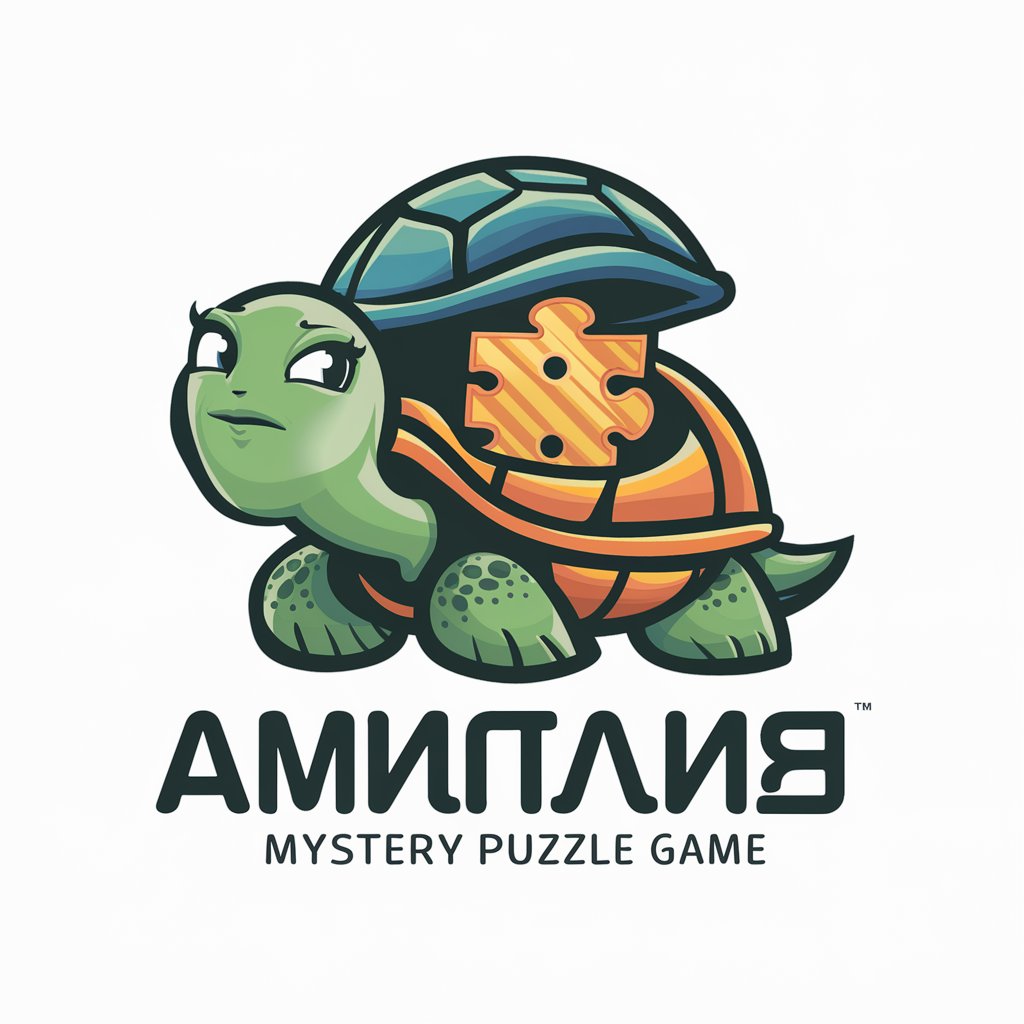
Translator Pro
Bridging Languages with AI Precision
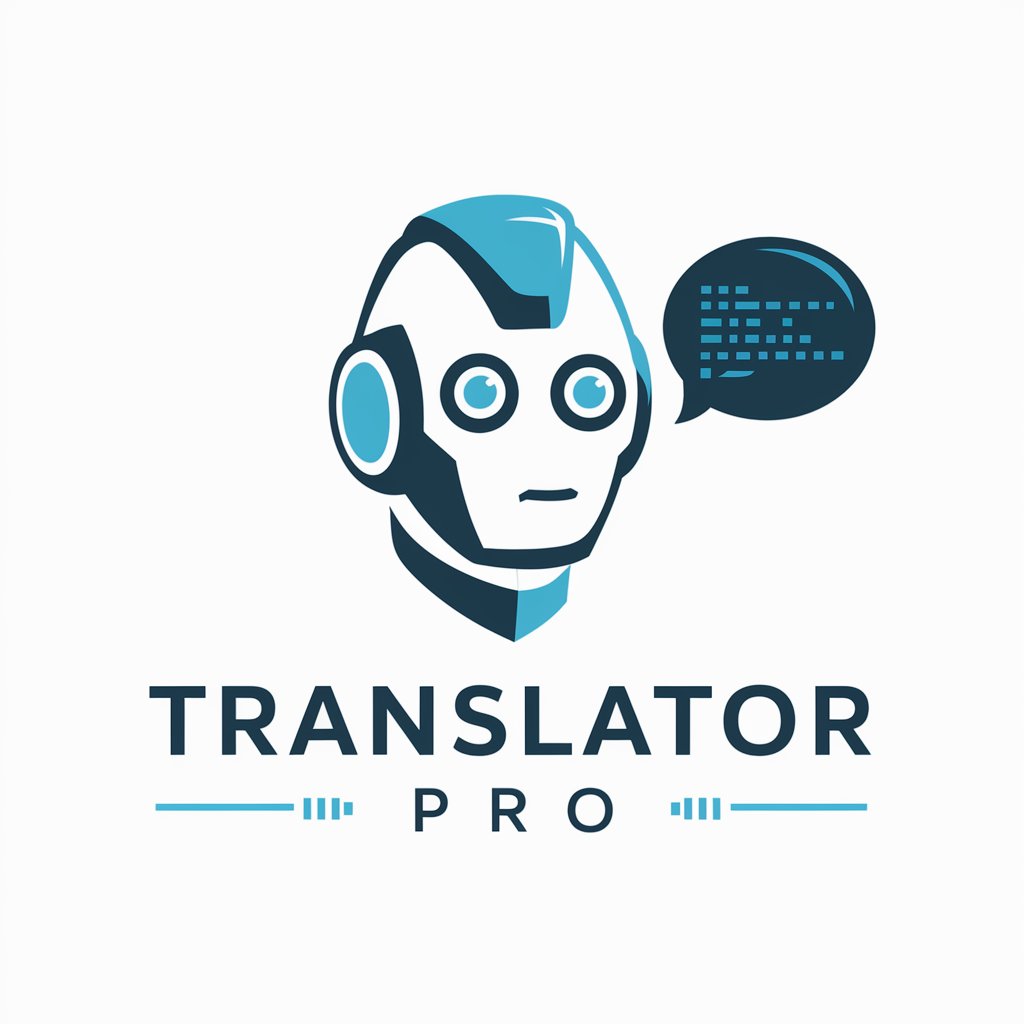
ReactGPT
Revolutionizing Conversations with AI
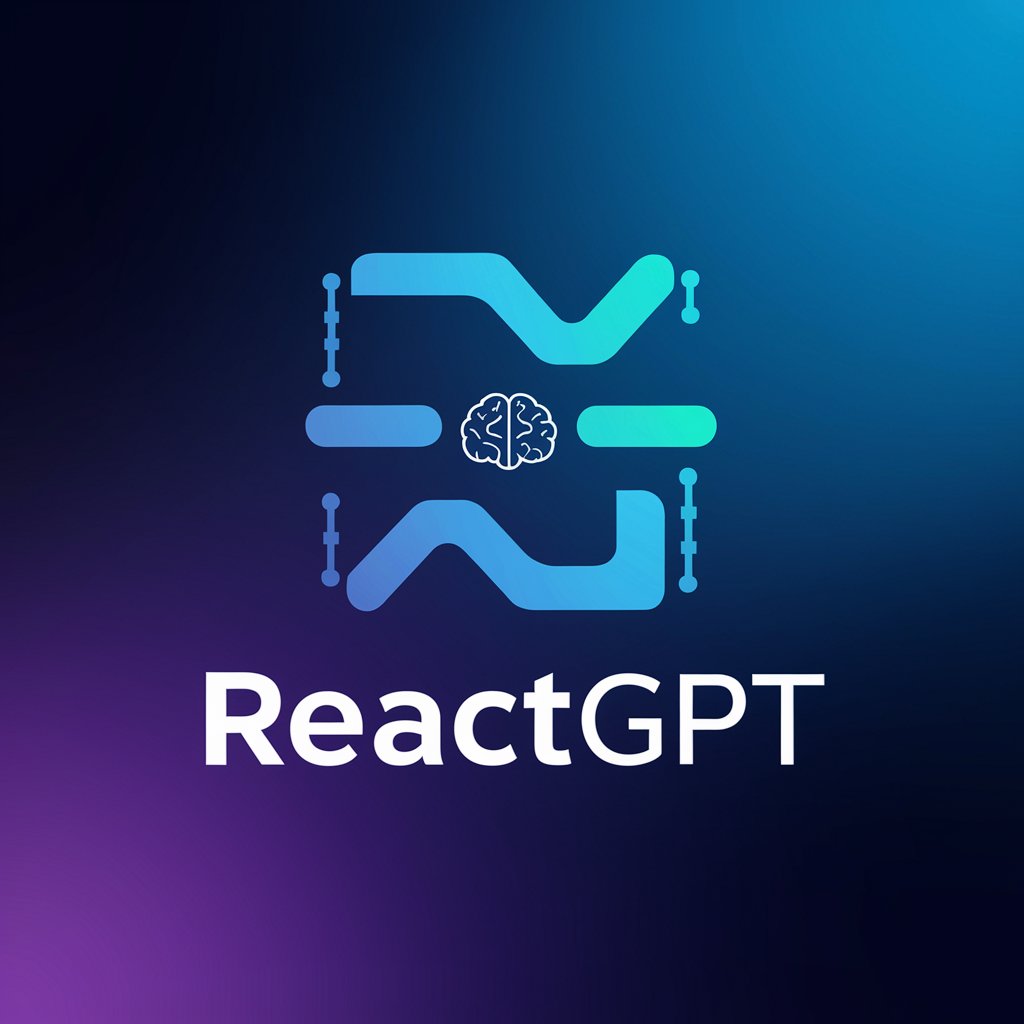
py run
Harness AI for Effortless Python Programming
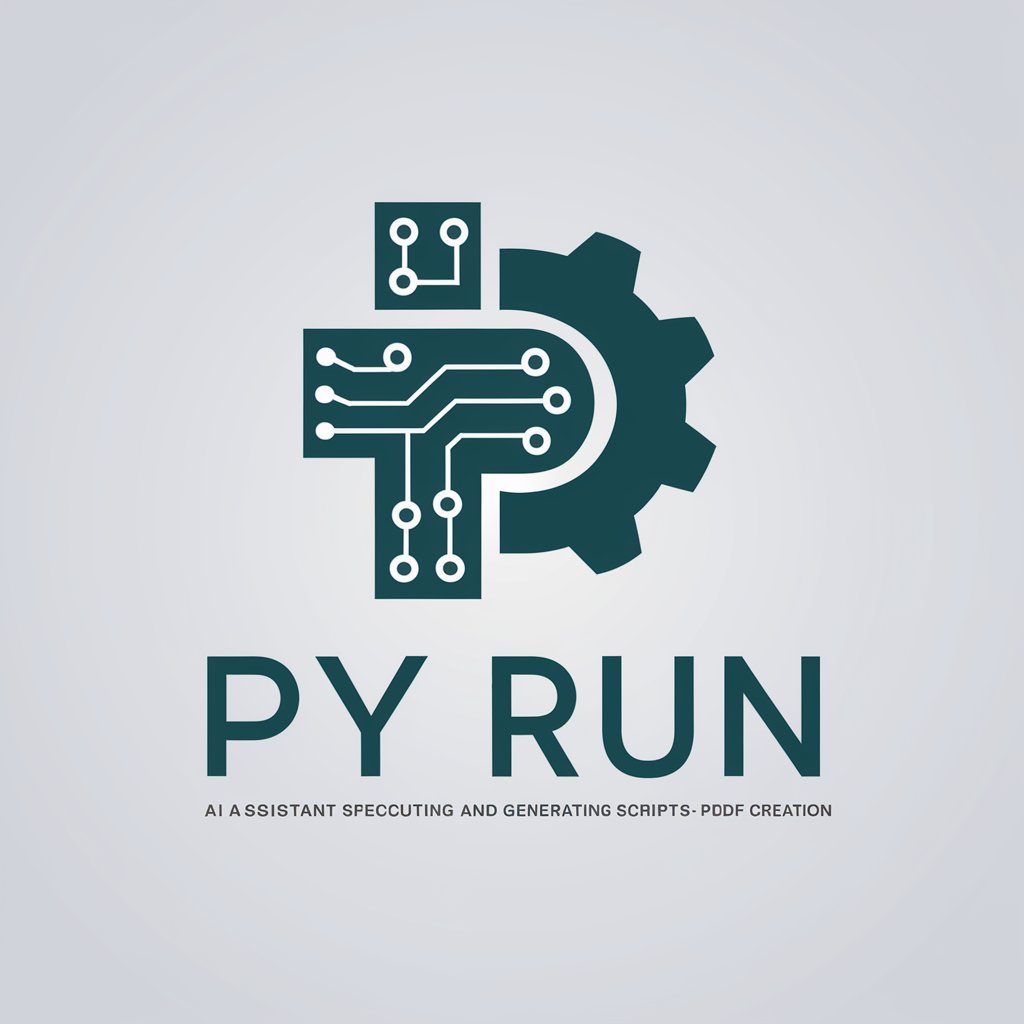
Detailed Q&A about 音楽理論GPT
What types of music theory queries can 音楽理論GPT handle?
音楽理論GPT can handle a wide range of music theory topics, including chord progression analysis, scale identification, composition techniques, and historical music theory concepts.
Can 音楽理論GPT help with composing music?
Yes, it can assist in generating ideas for melodies, harmonies, and rhythm patterns, but the final creative decisions and refinements should be made by the user.
Is 音楽理論GPT suitable for music theory beginners?
Absolutely, it's designed to cater to all skill levels, providing simple explanations for beginners, as well as in-depth analysis for advanced users.
How accurate is 音楽理論GPT in analyzing complex music compositions?
While it is quite proficient, the accuracy can vary depending on the complexity of the composition. It's advisable to use it as a guide, alongside other resources.
Can 音楽理論GPT recognize and interpret audio files?
Currently, it primarily handles text-based queries and does not process audio files directly. Users need to describe their music theory queries or compositions in text form.
